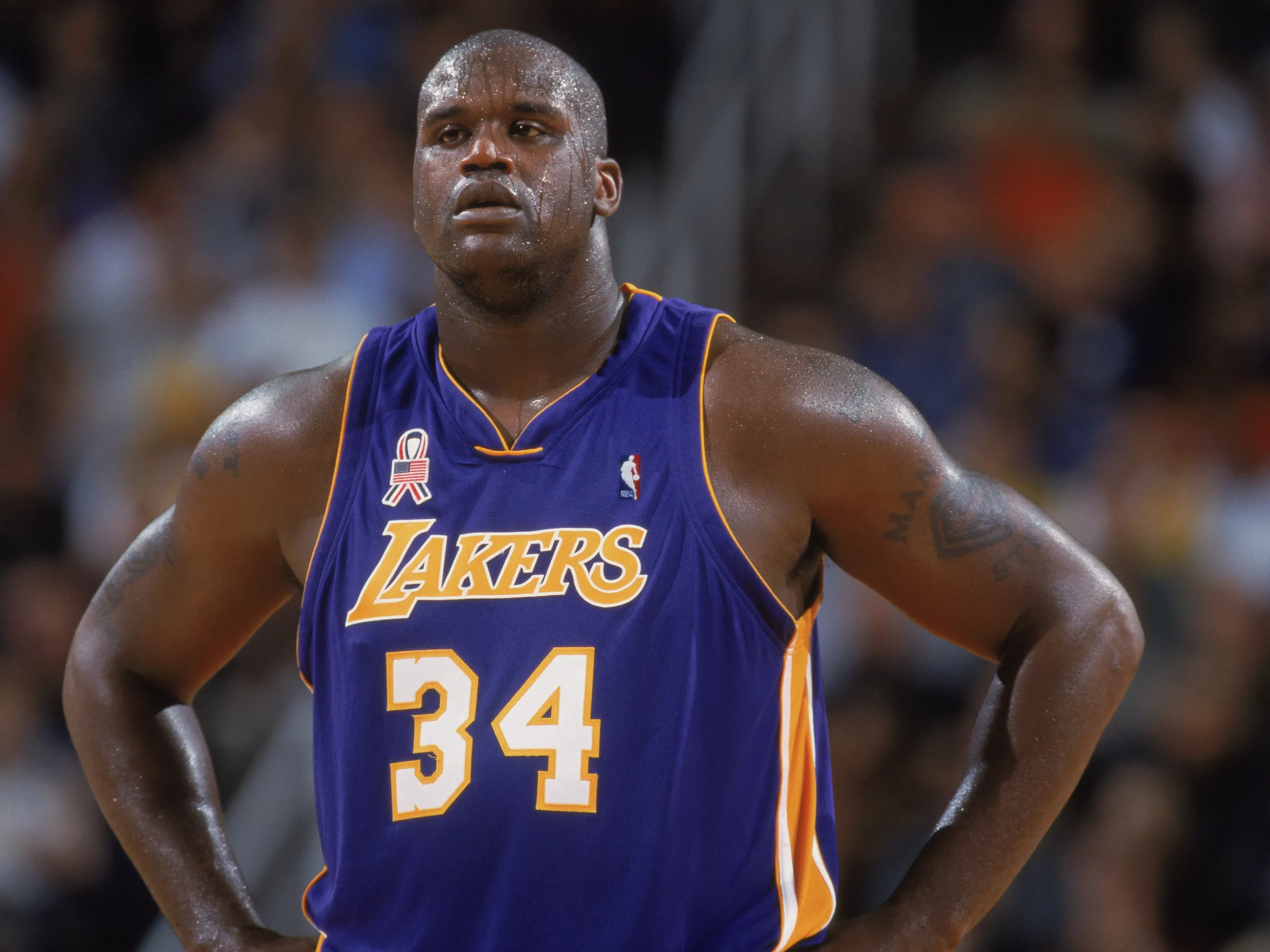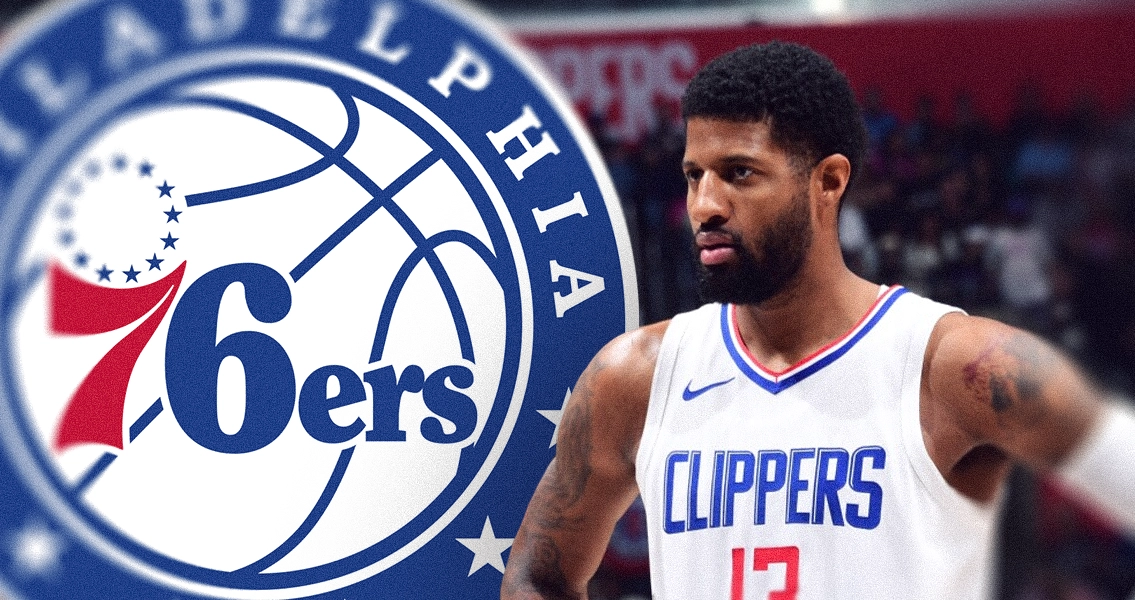What is a slam dunk in basketball? It’s not just a shot. It’s an act of sporting domination, when a player bursts into the air and forcefully thrusts the ball into the hoop from above. A symbol of strength, control, and height. Every successful dunk is a mini-final where muscles, gravity, and coordination converge at the boiling point.
Origins: How It All Began
The first documented slam dunk in basketball was credited to Joe Fortenberry, the captain of the US team at the 1936 Olympics. His top shot set a precedent, marking a new dimension in the game. Later, Bob Kurland, a giant standing at 213 cm, popularized the dunk but also raised concerns within the federation: in 1967, the NCAA temporarily banned slam dunks due to the dominance of tall centers. The return came in 1976, and since then, powerful top shot in basketball has transitioned into the category of spectacular art.

What Is a Slam Dunk in Basketball: Meaning
A dunk is more than just a way to score points. It affects the game’s pace, team morale, and audience reaction. One powerful top shot can change the outcome of a match, inspire players, and destabilize opponents. In the NBA, analysts note that after such a shot, the likelihood of a successful attack by the next team combination increases by 8–12%.
Slam Dunk in Basketball from a Cultural Perspective
From a cultural aspect, it is a symbol of street play, a cover shot, a moment revisited by millions. In NBA history, there are thousands of spectacular moments, from Vince Carter over Frederic Weis to Zach LaVine with a double rotation in the air. Dunks are not just an episode but a movie in a single frame.
Flight Biomechanics: How to Perform a Slam Dunk
The technique requires not only strength but also precise coordination. A typical algorithm:
- sharp start with the ball in hand or after a pass;
- one-two accelerated steps for maximum impulse;
- jump with active arm and knee work;
- ring penetration — quick release of the ball from top to bottom with contact with the net.
Each shot is accompanied by the referee’s assessment — contact with a defender, “three-second” violation, or a push in the back can nullify the attempt. However, when executed correctly, it guarantees points and delivers a psychological blow to the opponent.
Spectacle vs. Calculation: Tactical Element
What is a slam dunk in basketball from a strategic point of view? It’s a pressure tool. Coaches incorporate it into “two on two” schemes when creating space for acceleration. The player’s height and physical ability become decisive factors. Centers and forwards over 200 cm tall, with a vertical jump of over 70 cm, successfully complete most alley-oops. A team actively using spectacular shots in basketball not only scores points but also gains a media advantage.
How to Learn to Perform a Slam Dunk
A player standing at 180 cm, with a 90 cm jump and a takeoff strength of 2.5–2.8 times their body weight, is a potential dunker. Training requires a systematic approach:
Training plan:
- Strength Base — squats with weight, lunges, calf exercises.
- Plyometrics — platform jumps, single-leg jumps, box jumps.
- Technique — ball handling, practicing the movement from start to finish.
- Flexibility and Balance — developing coordination and body control in flight.
Regular training increases the chance of success. According to statistics, players with a vertical jump of over 80 cm and proper approach technique have a success rate of over 60% for this shot in a game situation.
What Is Needed for a Dunk
A slam dunk is the pinnacle of athleticism in basketball, combining strength, coordination, and mindset. To execute it, mere desire is not enough — systematic preparation is crucial.
Key components of a successful slam dunk:
- Jump: a minimum of 70–80 cm is the basic indicator.
- Hand Strength: the ball requires control and impulse.
- Takeoff Technique: start, step, lift-off.
- Balance: body control on the ascent.
- Coordination: synchronization of legs and arms.
- Accuracy: hitting the hoop area without touching the rim.
- Height: players over 195 cm have an advantage, but it’s not critical.
- Mindset: psychological readiness to attack and dominate.
A successful dunk is the result of the harmony between physics and psychology. Even shorter players can dunk if they develop their jump, technique, and confidence.
When a Dunk Is a Mistake
Not every jump is a masterpiece. Mistakes happen. The referee notes the run-up, push in defense, technical violations. There are misses when the ball hits the rim or slips from the hand. Timing errors lead to loss of possession. Therefore, each attempt requires control, experience, and precise timing.
Dunks in Numbers: Shot Analytics
A powerful top shot is not just a spectacular moment but an important strategic element. Figures show how it influences the outcome and dynamics of the game.
Modern analytics record clear indicators:
- On average, this shot brings 1.95 points per attempt — higher than the average from a distance.
- In the NBA, around 13% of all points are scored through dunks.
- The top 10 dunkers in the league make between 120 and 230 slam dunks during the regular season.
- The highest recorded jump is 122 cm (Kadour Ziani, street athlete).
- The youngest author of a slam dunk in an official match was a 14-year-old player in a US school league.
These data illustrate what a slam dunk is in basketball. It is best explained not by the rule but by the number. Effectiveness, impact, audience participation, and influence on the pace — everything is measurable.
Slam Dunk and Its Place in the Evolution of Basketball
With the development of the sport, the dunk has transformed. From a simple way to score a basket to a show element, a player’s trademark, and a decisive tactical component. Since the 2000s, the league has officially recognized “highlight” dunks as a metric of influence. Players with top shot technique receive marketing contracts, spots in All-Star teams, and individual awards.

A player without a slam dunk is an exception. Even defenders train the technique for versatility. Young basketball players include the dunk in their arsenal from an early age because its significance has transcended statistics — it has become part of identity.
Conclusion
What is a slam dunk in basketball? It is the culmination of athleticism, time, and context. A shot that carries power over gravity, emotion, and outcome. Dunks bring liveliness, rhythm, and memorability to the game. The stronger the development of technical mastery and analytics, the more important it becomes. It is not just a way to score points but a point of dominance on the court.
 en
en  de
de  ar
ar  es
es  hi
hi  fr
fr  nl
nl  it
it  pt
pt  el
el 










